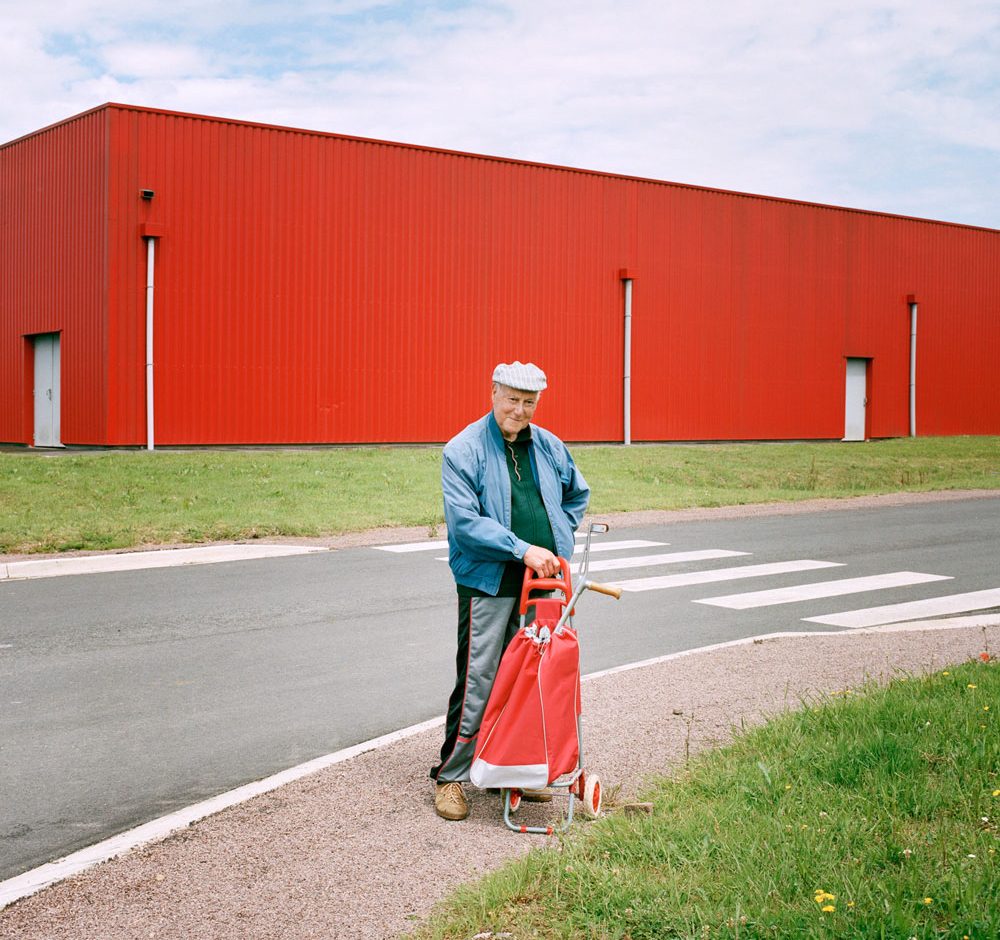Throughout France with Gilles Leimdorfer
Photographer Gilles Leimdorfer has made France his field of study. Since the end of the 1990s, he has been photographing its sites, its inhabitants, its objects along the now defunct Nationale 7, or even stages of the Tour de France. His recent Mythologies series deals with the polysemic and ambivalent notion of the commonplace. Far from a fantasized or nostalgic image of a France that doesn’t exist, his pictures show a diversity of faces and landscapes. They will soon be exhibited at La Chambre in Strasbourg, in June.
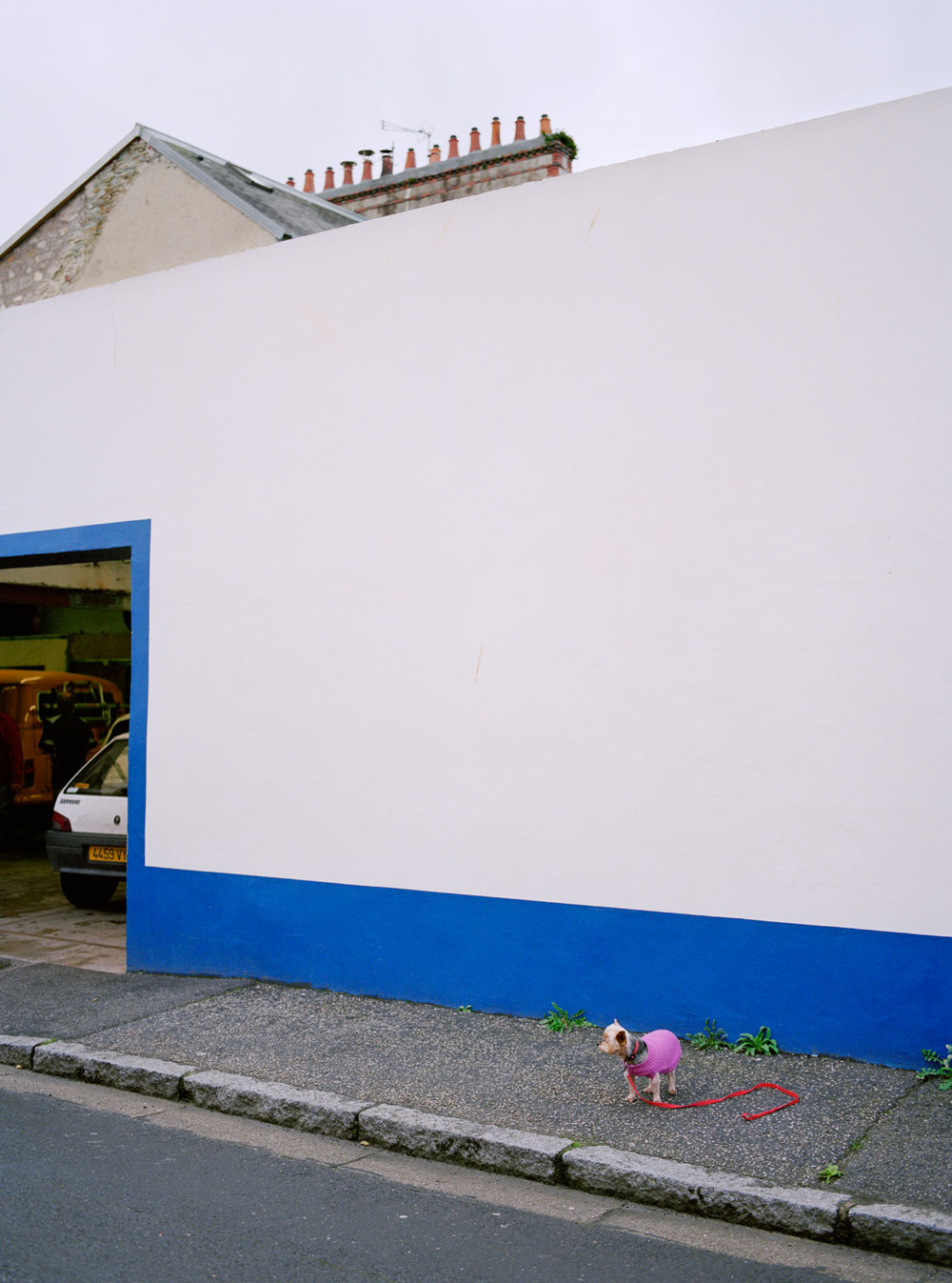
What led you to work around France?
This project was born in the United States where I went to do a report in 1998. I was extremely destabilised by the gap between my expectations and what I was seeing there. I decided to confront this uneasiness that I had and to do it in France. My work is ultimately a permanent search to confront my fantasy with its reality.
Did you find this feeling of disconnect in France?
When I started working on this project in France in 1999, following the Nationale 7, I was still doing a lot of work for the press, and there I left without any preconceived ideas, and above all I wasn’t looking for images that any magazine might ask me to make to fit the fantasies that surround this road. At that time, there were no more Traction Avant (Citroën car model) and we no longer had picnics at the roadside on the national road. I was finally confronted with this image of a country that I had built up during my childhood, but which did not correspond at all to reality. Born in 1964, my imagination is a bit old-fashioned today, but during my childhood, we were still bathed in this Charles Trenet song (“Route nationale 7”), in this imaginary of the 50s and 60s, a bit like Roberrt Doisneau. I wanted to confront this dream image and it is precisely this line of work that I have continued to follow since 1999.
What were the stages of this project?
To be honest, it was a very long wandering. I chose the places I wanted to photograph and once there, I tried to keep my eyes wide open to the places, things and people who lived there. From this came chance encounters during my walks. I walked a lot, which would explain why I often tend to say that you take photos with your feet (laughs). In the manner of Roland Barthes, for Mythologies, I made a sort of inventory of things mainly from French popular culture, songs, history… For example, I went to Soissons because of the vase (editor’s note: a precious object that was the subject of a French historical account in the 5th century).
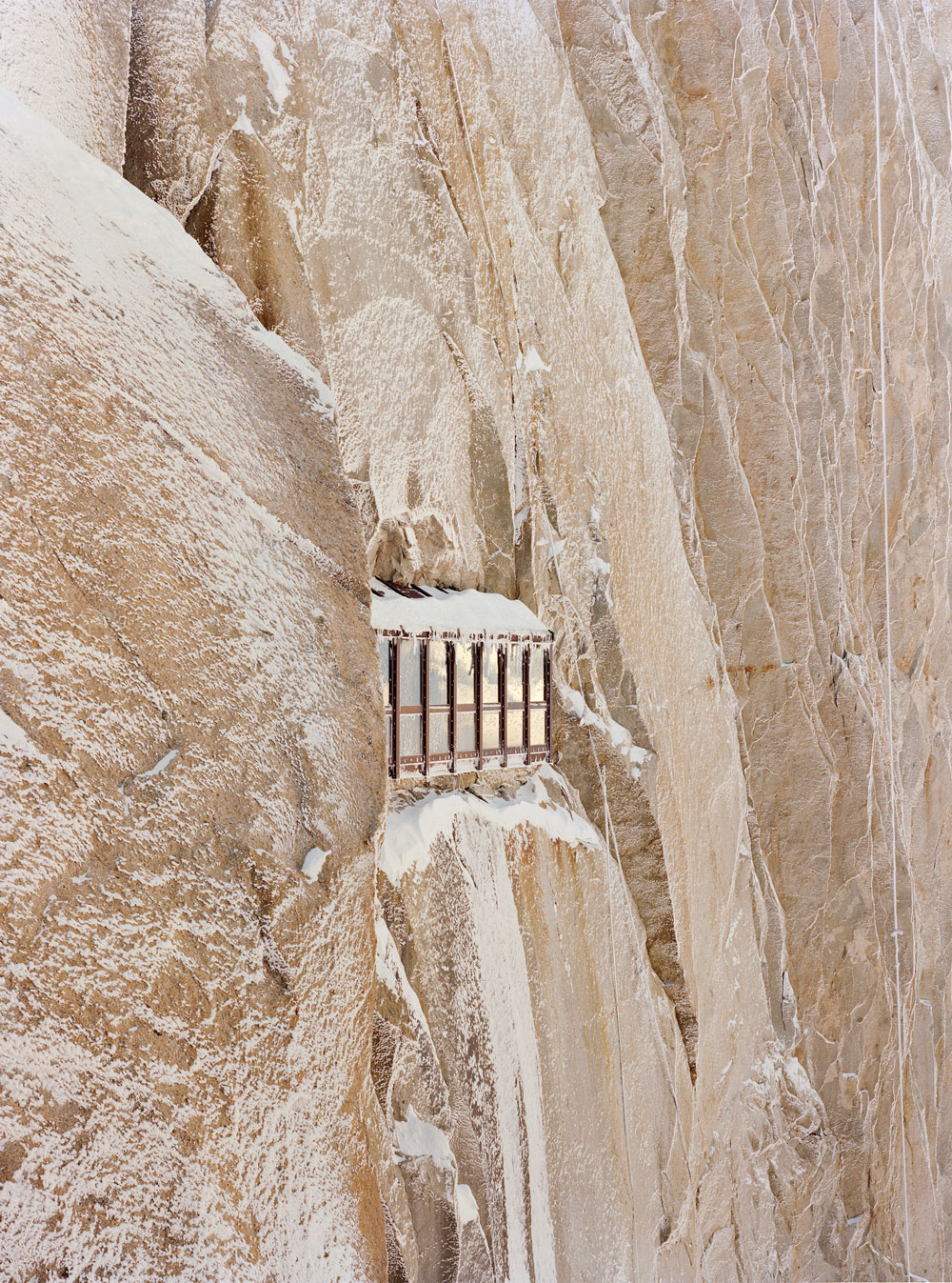
You also went to Mont-Saint-Michel…
Yes, and it’s one of the places that I think is least interesting. It’s funny because it’s a place that is no longer really a place but rather a setting. Moreover, the images I have made of it do not show Mont-Saint-Michel because it is impossible to see it outside of its fantasised setting.
Do you turn instead to what seems authentic to you?
I’m trying to reappropriate this idea of “commonplace”. This term is very important for understanding my approach. The double meaning of this expression fascinated me, common place means cliché and therefore for a photographer, it necessarily calls out; but it is also the common meaning of places that we share. I treat it in a very literal way by photographing these places that belong to us all.
In the light of all these trips and photographs, has your dream image of France changed?
I don’t think I want to dream about where I live anymore, I want to live it. I’ve written quite a lot about my wanderings, and finally what corresponds best to the notion of country for me is “where I live”, but this idea is extremely personal to me. It’s an idea of someone who was born in 1964 in Paris, in a relatively privileged environment. If I ask the same question to anyone, it will give other very personal answers that will come from the experience, from the imagination of the place.
Precisely, through your photos, we see several faces of France that highlight a certain France…
Yes, because it is very multiple and varied. And indeed, in what I show it is a certain France because the big cities are absent. These things that exist outside the big cities, they exist, and they are beautiful. All these places that I have surveyed are full of the poetry of everyday life.
Had you been to these places before or were they first times?
For the most part, they were first times, even though there were places that were familiar to me. For example, I took photos in the Beauce region because there was a reference to a film called Alexandre le Bienheureux (Yves Robert, 1968) which is an important film because it shaped my relationship with the countryside and landscapes. Otherwise, most of the places I discovered, like the north with Le Havre, the beaches of the south, Marseille, the Côte d’Azur… Despite that, for each place, there is always a reference: Saint-Tropez for the film Les Gendarmes de Saint-Tropez, Mont Blanc for its very high peak, Monaco for the princesses, Camembert for the cheese, the landing beaches for the film The Longest Day and the history of the Second World War… All these places, I had in fact neither seen nor known them, but I became aware of them during childhood at the cinema, through songs, at school and through conversations with people.
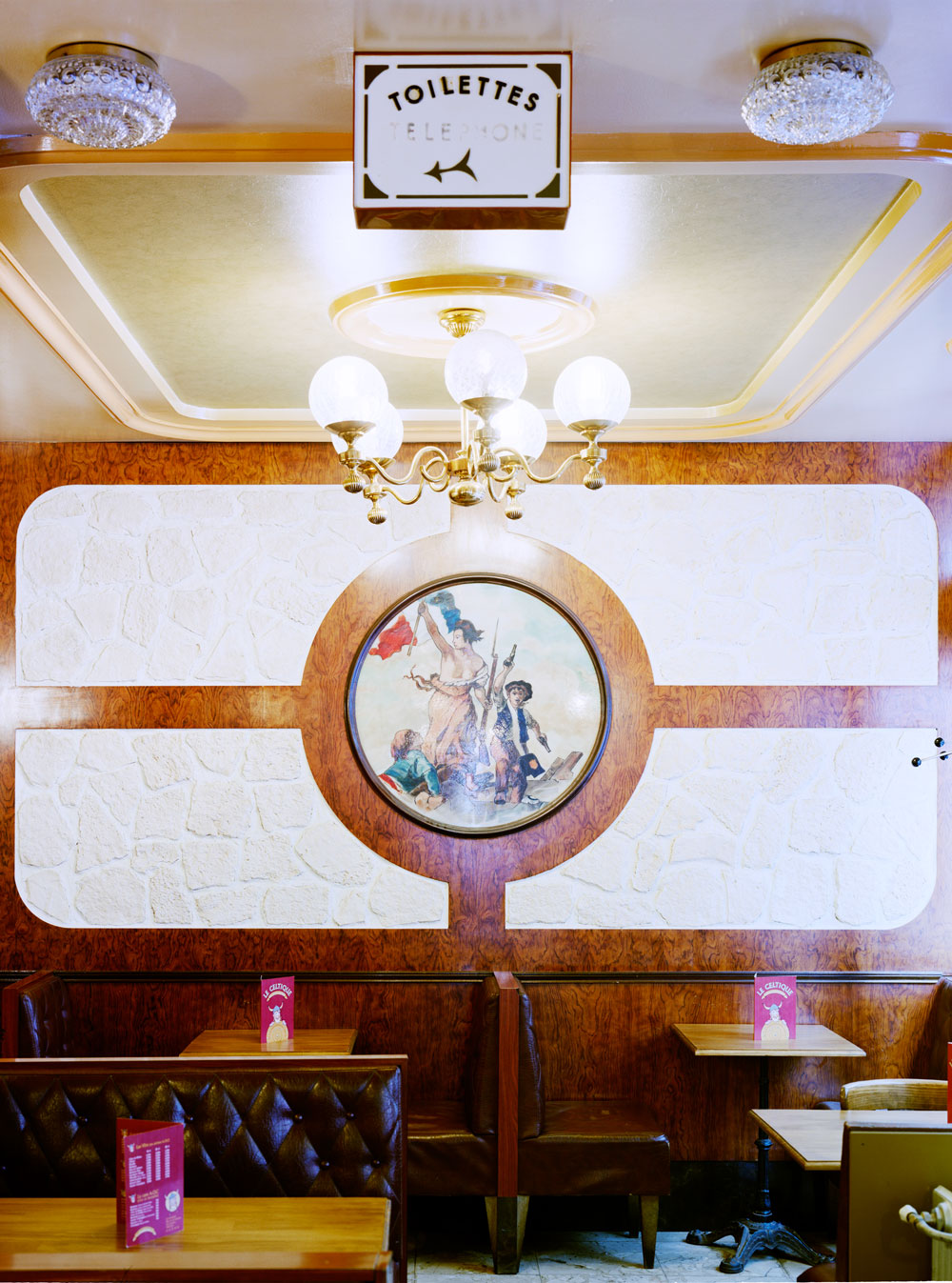
The Mythologies series will soon be exhibited at La Chambre in Strasbourg, is this the first time you are showing it?
It’s the first time I’ve shown it in its entirety. I’m going to include in the exhibition family photos with souvenirs that I bought during my travels, beautiful busts of Napoleon, balls of France, a few Eiffel Towers, a lot of Jeanne d’Arc, a poilu, a reproduction of the milestone of the center of France, a magnificent Charles-de-Gaulle vase… It was important for me to place these objects and images alongside my photographs, especially the family photographs, because in thinking about what had led me to photograph all these common places, I was also confronting my identity and my childhood.
So, you don’t only travelled in space but also in time…
Yes, in a way, and this leads me to tell you something important: I am the grandson of an immigrant. My paternal grandfather was a Hungarian Jew who married a German Catholic woman. They settled in France to escape Nazism. So, I too have this look inside and outside in relation to my work on France and my view of France. At the age of 6, when I left France to go to Germany to visit my family, I understood that there was an outside and an inside. And this is finally what I try to express in my photographic work, to always have an inside and outside look at each place, person, and object I come across.
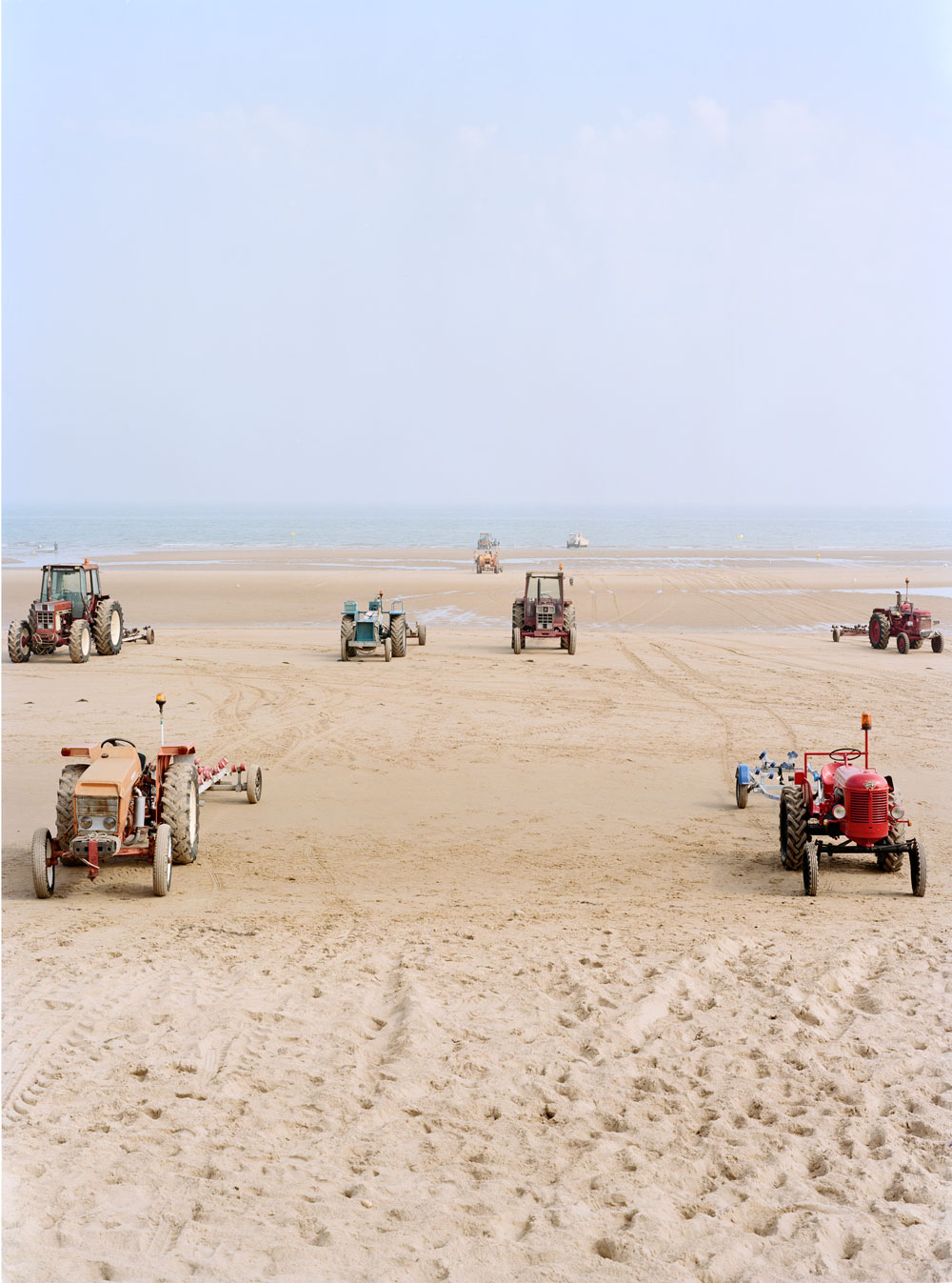
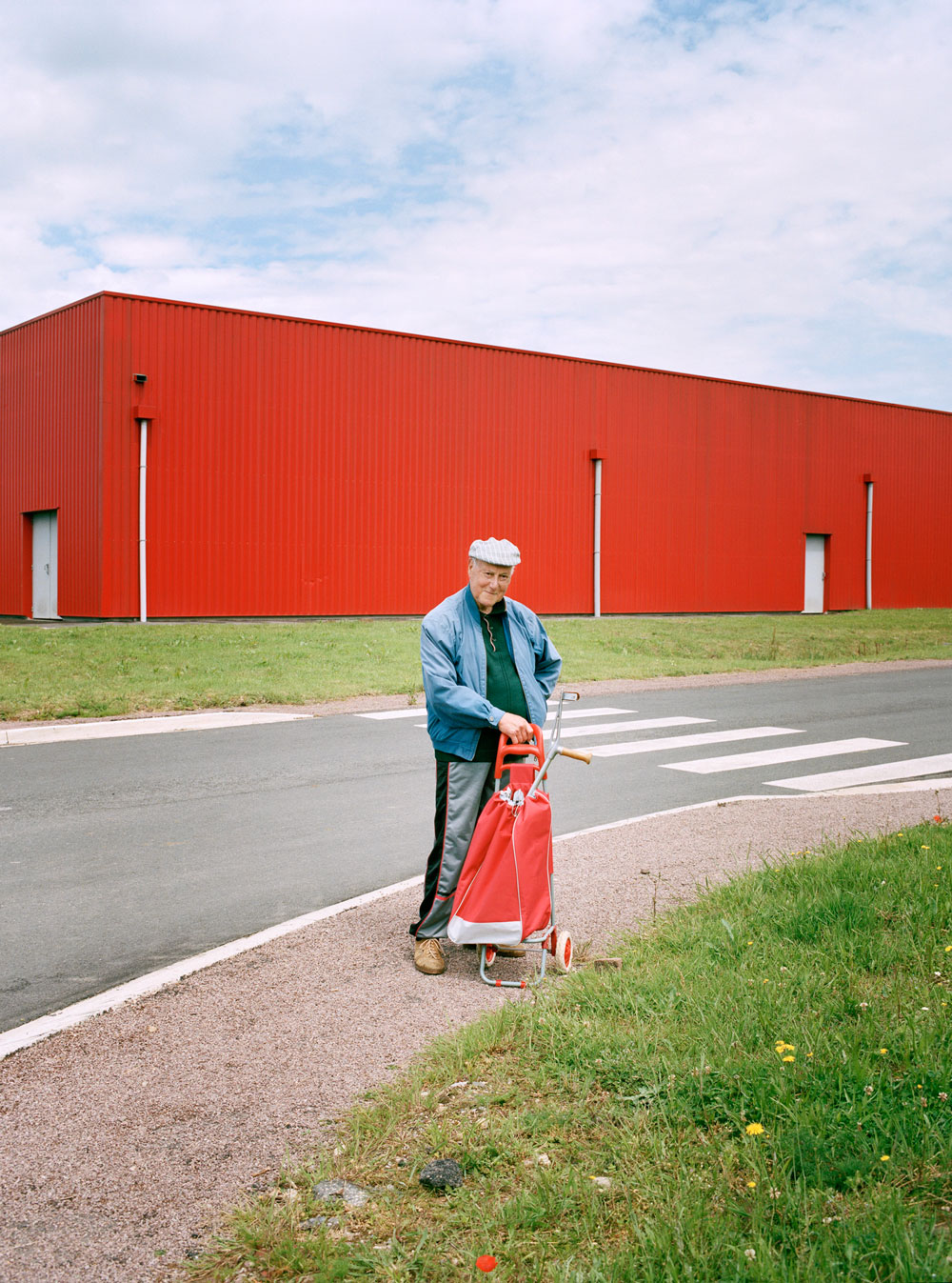
Web: www.gillesleimdorfer.com
Instagram: @gillesleimdorfer
© Gilles Leimdorfer
